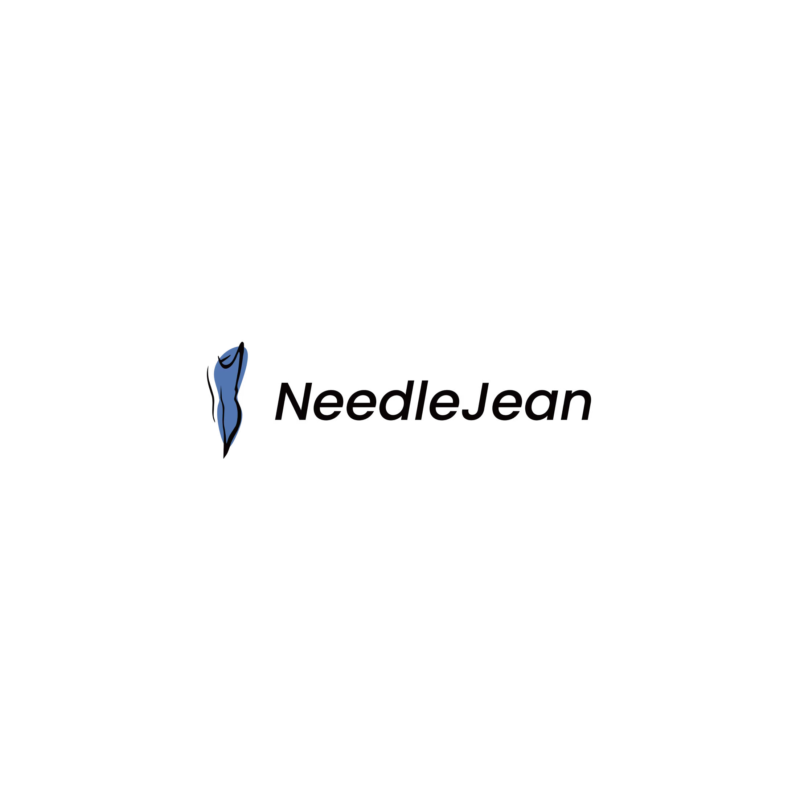You’re overflowing with inspiration. Your mind’s eye swims with designs, colors, and fabrics. You have a powerful creative vision and a business plan, too. You’ve got great people on your team. All that’s left is to have your line produced . For a new fashion designer, the biggest obstacle to that happening is usually money and how to fund your label.
You read about tech startups getting millions in investor dollars before their product earns a cent. You know new designers who started fashion lines thanks to generous transfusions of cash from their families. Some people work in industries that attract investors. Others were lucky enough to be born into a pot of gold. But what about the rest of us? How does the average aspiring designer get the money needed to produce their first clothing line?
Tech is different. Technical innovations yield new products. Investors are attracted to market research data that supports a healthy return on investments in new technologies. New fashion companies don’t tend to attract investors in the same way because there’s little evidence available for how financially successful a new designer will be. While your designs are new, clothing has been around forever. Only a tiny percentage of apparel offers something disruptive to consumers that wasn’t available before. The success of a fashion line rests with ephemeral, subjective tastes and the vagaries of timing – variables that are nearly impossible to project. And while a designer may have a successful debut collection, that has no bearing on future success. Most investors would prefer to hold a stake in an established $20 million label, as opposed to an unknown quantity such as a new label producing its first line. Additionally, investors want to see revenue and cash projections, which are difficult to produce due to the seasonal, cyclical nature of cash flow in the fashion business.

Whether you attract investors or not, strong cash flow is a must for getting your new line off the ground. And key to strong cash flow is forming trusting relationships with your manufacturers. Since an apparel collection is produced months before any revenue will be seen from sales, up-front capital is needed to start the production process. By making timely payments in the early stages of working with a factory, you form a foundation of trust that will pay dividends in the future. For a manufacturer, it’s very risky to extend credit to a brand new company, so paying on time (and communicating promptly in the event of delays) early in your relationship goes a long way toward getting samples made at a discounted rate and negotiating timing of payments in the future.
Some banks and fashion funds will extend loans to designers that have an order from a reputable retailer. Before a new label has established a trusting relationship and credit with production partners, that up-front cash allows a line to get produced and shipped to stores.
Aside from loans, a common way for new designers to build the cash cushion needed to get their lines off the ground is ghost-working for larger brands. Yes, it’s not much of a revelation. But gaining expertise while earning money and saving to fund one’s enterprise is common for a reason: it works. It may take more time to build your savings account than to win the money all at once in the form of a prize or a large bank loan, but the skills, knowledge, and relationships formed while working for a major label will always be with you.
Friends and family are a major funding source for new designers. All the money you need might not come from one person, but in sharing your designs and business plan and with those around you, you open up untold possibilities for support. Each conversation is an opportunity for someone to be inspired and show their support in the form a financial contribution. (Bonus method to increase the odds of someone giving you money: ask. It’s scary, but ask anyway!)
Self-funding may be slower and the money pot smaller than getting outside investments and loans. But what’s sacrificed in terms of speed and amount of capital is made up for with independence and control. Without concerns for return on investment or lenders to repay, you have complete freedom to pursue your creative vision. By owning your label 100 percent, you take on the entirety of the risk, and reap all the rewards.
